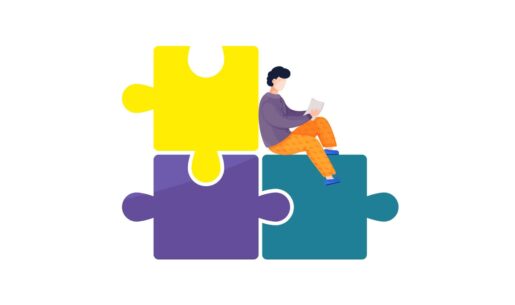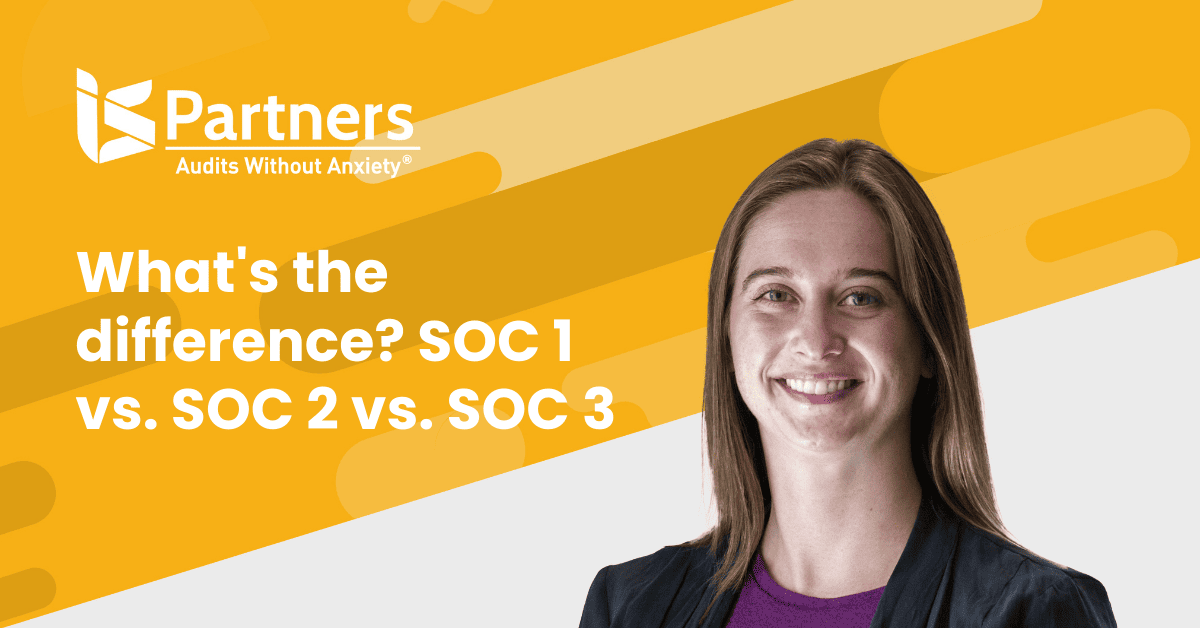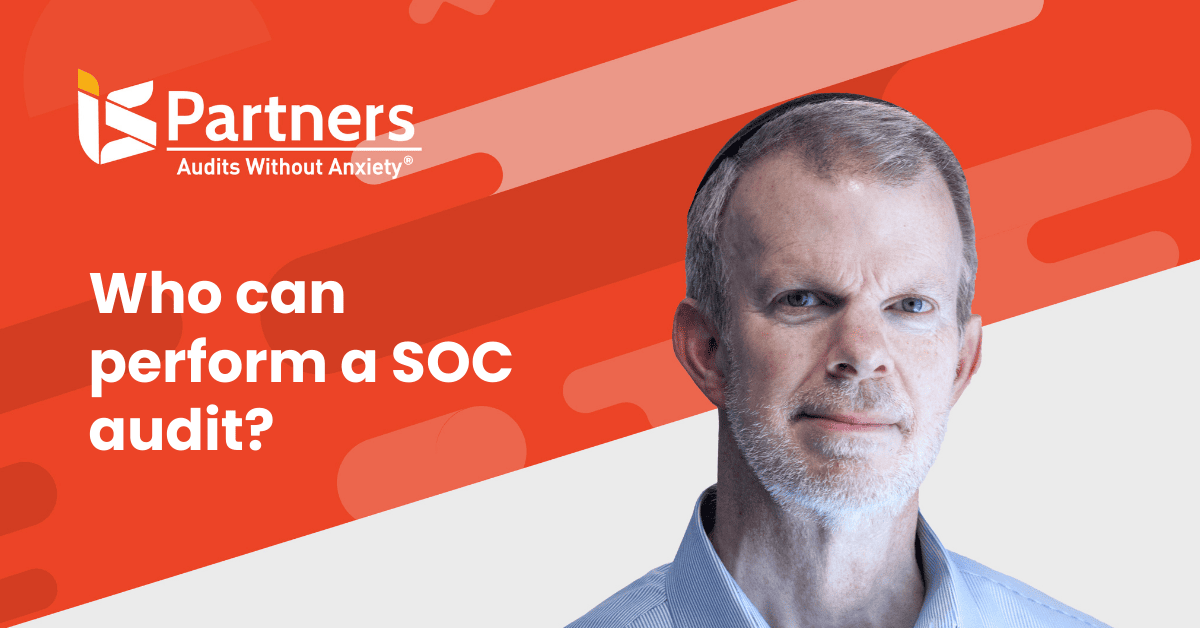What Is a SOC 1® Report?
Sometimes it may seem like your role as your company’s CIO or IT manager — in its multiple and varied facets — never ends. The influx and increasing improvement of technology associated with compliance and auditing may toggle somewhere between “a gift and a curse” in your estimation, and that is as true in your work with SOC (Service Organization Controls) audits as in any other task or procedure that you oversee. However, when it comes to accurate financial reporting for your customers, SOC is an essential tool to keep everyone accountable and protected.
What are the Key Benefits of the SOC 1 Report?
Following are a few of the key focal points of the SOC 1 audit report:
- It helps to ensure that you are doing your part to make sure your service organization maintains complete and consistent compliance when it comes to standards, regulations and acts like the Sarbanes-Oxley Act of 2002.
- Each auditing firm provides its own report following SOC 1, Type I and Type II engagements with unqualified audit opinions. Such professional reinforcements and transparency can help boost your stakeholders’ and customers’ confidence in your organization, forging better communication that leads to stronger and longer lasting professional relationships.
SOC 1 Type 1
Technically known as a “Report on Management’s Description of a Service Organization’s System and the Suitability of the Design of Controls,” the Type I report gives you, working as the user auditor, the opportunity to perform critical risk assessment procedures to learn whether you can achieve the related control objectives on a specific date. The report also provides a description of your organization’s system and how it functions to achieve goals you set to serve your customers. With the Type I report, you also receive an opinion on the fairness of your system and the design of the controls.
SOC 1 Type 2
Officially known as a “Report on Management’s Description of a Service Organization’s System and the Suitability of the Design and Operating Effectiveness of Controls,” the Type II report contains all the same information as the Type I report, but it adds in a different element. The Type II report addresses the design and testing of the controls over a period of time, which is most often six months, as opposed to the specific date used in a Type I report. It also describes the testing performed and the results. This type of report is far more rigorous and intensive than Type I, as it covers a greater span of time and requires that your auditors perform a more thorough investigation of your system’s design and processes.
How Are SOC 1 Type 1 and Type 2 Audit Reports Similar?
The first commonality is that both types of SOC 1 reports cover critical risks in your organization’s system related to control objectives. They provide important information to your organization and the entities its serves about control design and progress toward security goals.
Second, unless otherwise authorized, any SOC 1 auditing and results remain strictly between your service organization, user entities, and user auditors.
SOC 1 Type 1 vs. Type 2: What’s the Difference?
As useful as SOC 1 reports are, the different types of these specific reports (Type 1 and Type 2) tend to cause confusion for many IT professionals. If you struggle to distinguish the subtle definition between the two, you are not alone, so take some time to learn the details of each type of report before getting started.
What Information Does a SOC 1 Type 1 Report Provide?
The information that you gain from a SOC 1 Type 1 report allows you, as the user auditor, to perform critical risk assessment procedures and lets you know whether you can achieve the related control objectives on a specified date. The report describes your organization’s system and how it works to achieve goals set to serve your customers. It also delivers an opinion on the fairness of your system and the design of the controls.
What Information Does a SOC 1 Type 2 Report Provide?
Similar to a Type 1 SOC report, a Type 2 report contains all the same information. Plus, it includes the design and testing of the controls over a period of time, typically six months, rather than a specified date as is used on a Type 1 SOC report. It describes the testing performed and the results. SOC 1 Type 2 reports cover a longer period of time and include a more detailed investigation of the design and processes. In general, type 2 is a significantly more rigorous audit. The benefit of such hard work is the detailed report that you can provide to your customer.
What’s Required for SOC 1?
Which reports you will make to stay compliant with SOC 1 standards will depend on your company’s services and the businesses that you contract with to offer them.
In these reports, you’ll need to provide at least the following information:
System Description
This is a general description that will include details such as the services you provide, your policies and procedures, and the personnel and activities that are involved in your core services.
There are no hard and fast rules on documenting your organization’s system; however, you should include as much relevant information as possible.
Written Statement of Assertion
This statement should come from your management team. The statement is a document that includes clauses and provisions about the services you provide. You must be able to assert that your system was designed and operated in a way that is suitable to achieve your organization’s goals. You’ll also need to expand on the criteria you use for this assertion, as well as any risk factors and controls that are in place to mitigate them. While this wasn’t a necessary part of reports under SOC 0 auditing.
How Has SOC 1 Reporting Evolved Over the Years?
For many years, a lack of certified reporting standards made the business world a veritable “wild west,” where companies and organizations were free to report and share information how and with whom they chose. This lack of transparency may have served as a benefit to corporate and industry insiders, but it offered consumers and shareholders little in terms of accurate information regarding the internal controls a company had in place, and how those controls safeguarded investors.
Ultimately, the American Institute of Certified Public Accountants (AICPA) took measures to standardize the process and procedures surrounding such reporting. These measures came in the form of auditing standards with which companies were expected to remain compliant. In 2011, industry changes necessitated an update to the auditing standards. Those updates were presented in the Statement on Standards for Attestation Engagements no. 16, abbreviated to SSAE 16, which later changed names to SOC 1. These new reporting updates took effect on June 15, 2011.
From the beginning, the purpose of SOC 1 was to help American industries change their reporting standards to be more in line with those currently being practiced internationally. In contrast to the previous reporting standards, SOC 1 set the expectation that companies and service organizations meet two new requirements:
- Develop a more comprehensive “description of systems” as opposed to the previously required description of controls.
- Create a written assertion outlining how control standards are to be met. This assertion must be crafted by management and contain certain criteria for which management is responsible.
- Report on the service organization’s internal controls over financial reporting. This includes identifying any risks presented by internal personnel or processes that are included in the system description.
SOC 1 vs SSAE 16
There is no difference in compliance requirements; SSAE 16 refers to the standards, and SOC refers to the report. SSAE 16 is an audit standard while SOC 1 is a type of report created using the SSAE 16 standard. Thus, they don’t contrast in compliance requirements. SOC 1 is the reporting prepared according to the SSAE 16 standard.
The SSAE No. 16 standard is created for the SOC 1 report. Among various SSAEs, No. 16 deals with customer-related financial controls in an organization. One should use ‘SSAE 16 examination’ for the audit and ‘SOC 1 report’ for the report. Replacing the SAS 70’s ‘service auditor’s examination’ is the SSAE 16’s System and Organization Controls (SOC) report. Issued in April 2010, SSAE 16 became effective in June 2011 and many organizations have adopted it since. It resembles the International Standard on Assurance Engagements (ISAE) 3402 and offers two kinds of reports, a snapshot of control landscape (SOC 1 Type 1) and a historical element of control management (SOC 1 Type 2). For a SOC 1 Type 2 report, the controls need to have a minimum operational period of six months.
Related article: How to Prepare for Your Upcoming SOC 1 Audit.
Finding Outside Help to Further Clarify the Difference Between SOC 1 Type 1 and Type 2 Reports
Learning the difference between these types of results, as well as the other myriad tasks you perform in the course of the day for your service organization, can take time. In your efforts to always provide your customers with the best efforts to ensure accuracy and compliance, you and your executive board might consider hiring a professional firm filled with expert Certified Public Accountants who continually study and practice the differences between the types of SOC 1 reports.
At I.S. Partners, LLC, we can ease the process for you and your conscientious IT team until you all thoroughly understand the differences and gain enough confidence to take the lead on your own. We hope you contact us. We would love to talk to you about your SOC 1 Type 1 and Type 2 services and what we can do to help. Contact us today by calling 215-631-3452 or receive a free SOC 1 Quote here.
SOC 1®, SOC 2® and SOC 3® are registered trademarks of the AICPA (American Institute of Certified Public Accountants). The AICPA® Trust Services Criteria for Security, Availability, Processing Integrity, Confidentiality, and Privacy is copyrighted by the Association of International Certified Professional Accountants. All rights reserved.




